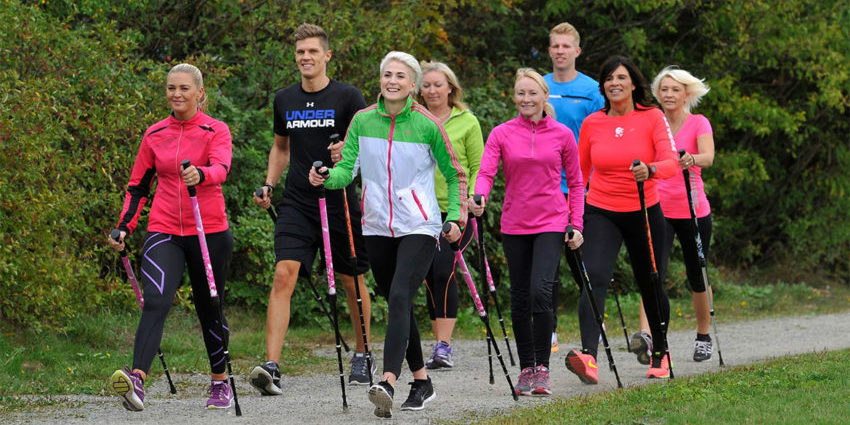Exercise is indispensable to the health of every organ. Next to the food we put into our mouth, there’s simply no better prescription for youthfulness than daily physical activity. What’s the “best” exercise to get healthy? It’s the exercise you’ll do. And what’s one the most natural movements and easiest exercises you can do? Why it’s walking of course.
Studies have shown that putting one foot in front of the other on a regular basis may be the single best way to lose weight and keep it off. With all the trendy CrossFit training, kickboxing, and abdominal crunching going on in gyms nowadays, walking has risen to the top as the ideal low-impact exercise. If you’d rather work out at the gym, that’s OK, but 30 minutes of brisk walking, 5 days per week, can be just as beneficial.
The benefits of walking are numerous. It can boost your energy and self-esteem, increase metabolism and burn fat, strengthen muscles and bones, reduce insulin resistance, reduce stress and help you relax, improve memory, boost your sex life, strengthen your immune system, improve circulation, extend your life, and allow you to socialize.
- Less impact and stress on the body
- Almost anyone can readily participant
- Good for people with arthritis and shin splints
- Better for people with respiratory or heart conditions
- Add walking poles: Walking with poles—also known as Nordic-walking—can turn regular walking into a total-body workout. BungyPump is a Swedish-made walking pole with a unique, built-in suspension system that provides resistance every time the pole is pressed down. This activates multiple muscle groups simultaneously and increases your heart rate and oxygen consumption. Walking with BungyPump uses more energy and burns more calories (up to 77% more) than regular walking, yet amazingly, it doesn’t feel much more difficult than regular walking. For more information, visit online at BungyPumpUS.com.
- Use MBT shoes: Walking shoes made by MBT (Masai Barefoot Technology) are the best that money can buy. They are called “The smallest gym in the world!” Walking for 30 minutes using MBT’s can be equivalent to walking up to 60 minutes in regular walking shoes. MBT’s help tone the entire body, improve your posture, balance, and circulation, soften hard surfaces when walking, and help relieve back and knee pain. The recommended shoe is their Sport 3X model. For more information, visit online at FootwearEtc.com.
- Incorporate intervals: Interval training involves alternating short bursts of high-intensity work with longer periods of recovery. In the case of walking, it involves walking fast for 30-60 seconds followed by 2-3 minutes of slower walking and repeating cycle this for the entire 30 minutes of walking. To make this easy, you can purchase the Gymboss Interval Timer at GymBoss.com.
- Buddy up: Whether you walk together every day, once a week, or just talk about your walking program with a friend by phone or email, you’re more likely to stick to a routine if you have a partner.
- Break it up: Can’t commit to 30 minutes all at once? No problem. Divide it into two 15-minute segments instead.
- Organize: Plan ahead by setting aside time to walk early in the morning or in the late evening to beat the summer heat and humidity.
